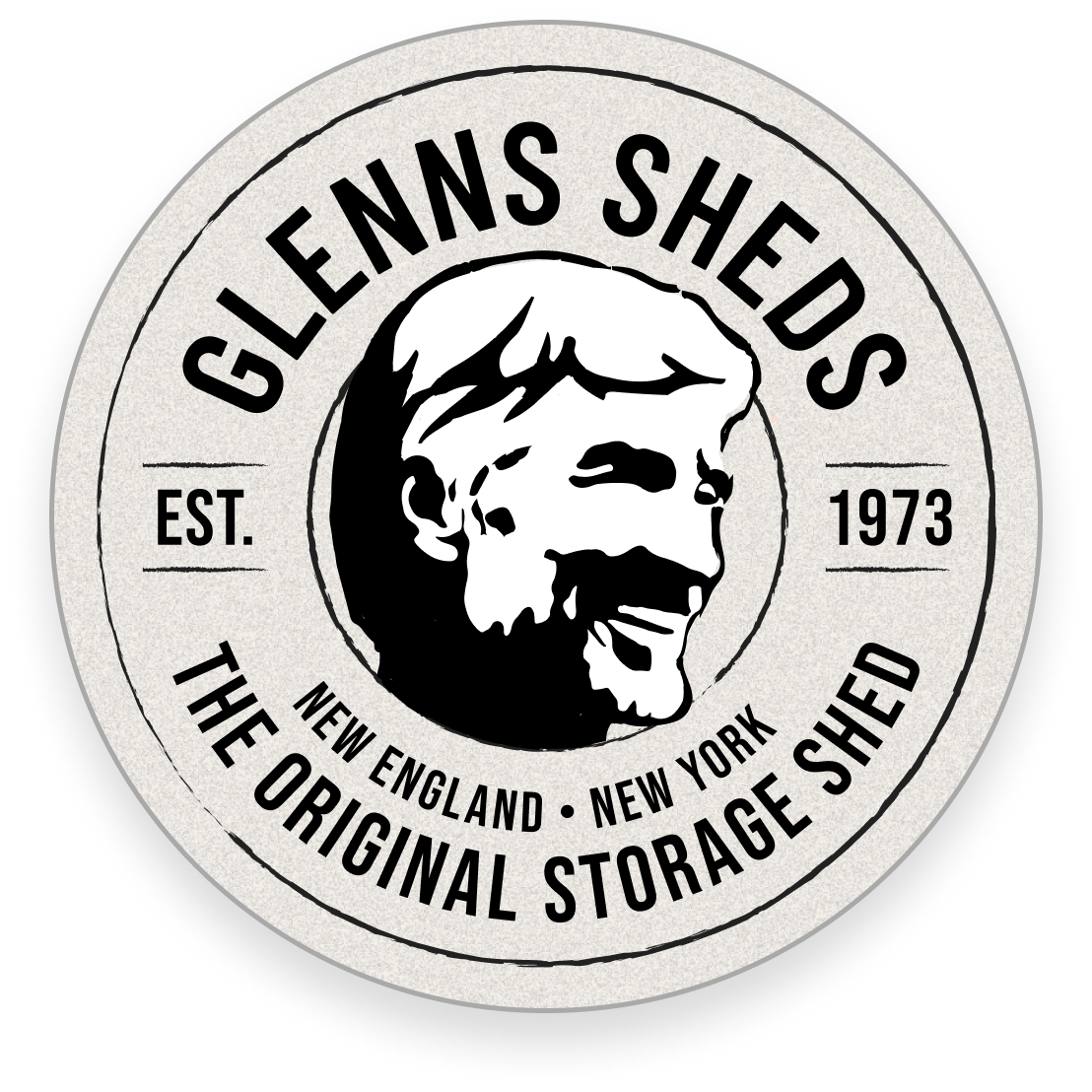BTU and You
The British thermal unit (Btu or BTU) is a traditional unit of heat; it is defined as the amount of heat required to raise the temperature of one pound of water by one degree Fahrenheit. This is part of the US Customary System. Its counterpart, in the Metric System, is the calorie, which is defined as the amount of heat required to raise the temperature of one gram of water by one degree Celsius.
BTU output is the way we gauge the heat value of the firewood we burn, and even if we cannot determine a numerical value for the heat in our home, we certainly can tell the difference between hot-burning firewood and the “not-so-much” firewood we put in our wood-stoves. What are the factors? One essential factor is the type of tree that is burned. Some types of wood naturally release greater amounts of heat energy than others, such as oak or ironwood. Some types of wood are best at holding coals overnight to make the morning fire easier to start, such as Hard Maple (wood types will be the topic of a future post). Yet the BTU output of each of these firewoods is susceptible to external influences as well, and one in particular—moisture content.
If your firewood is not fully dry you will NOT get maximum BTU heat from the burn. Wood that is “wet”, or internally even still moist, simply cannot burn as hot as it is capable of. Yet the wood will disappear in the fire—and potential heat will be squandered. Correctly drying the wood is key. Keeping the wood dry (internally) is a must. Burning the wood dry is a pleasure.
Loading a (breathable) woodshed full of firewood in the spring will allow the wood to dry all summer and then be ready for use in the fall. You will have had time to cure your firewood. (Note: Some woods, such as the Oaks, will need more than one season to fully dry. A firewood shed that has a divider could provide a separate space for such wood to dry longer, and could be well worth the effort).
Firewood can also lose BTU value by turning “punky”, even to a small degree. Punky indicates that the wood has begun to rot—which is a common outcome of wood that is stored under tarps. Even though the wood may not be getting rained on directly, the tarp will hold in moisture, precipitating a slow decay of the firewood. BTU’s evaporate when the internal moisture does not. Firewood is compromised.
If you wish to be at the top of your game in regards to dry firewood, start your drying with plenty of time before the burn—and set up the best storage you can in time to do this. The shed should be able to breathe from all sides, and from below.
And if you cannot set this up right away, consider this bit of wisdom – according to Chinese philosophy:
